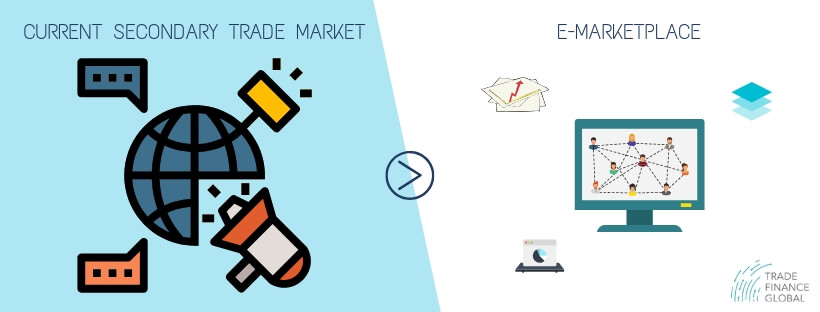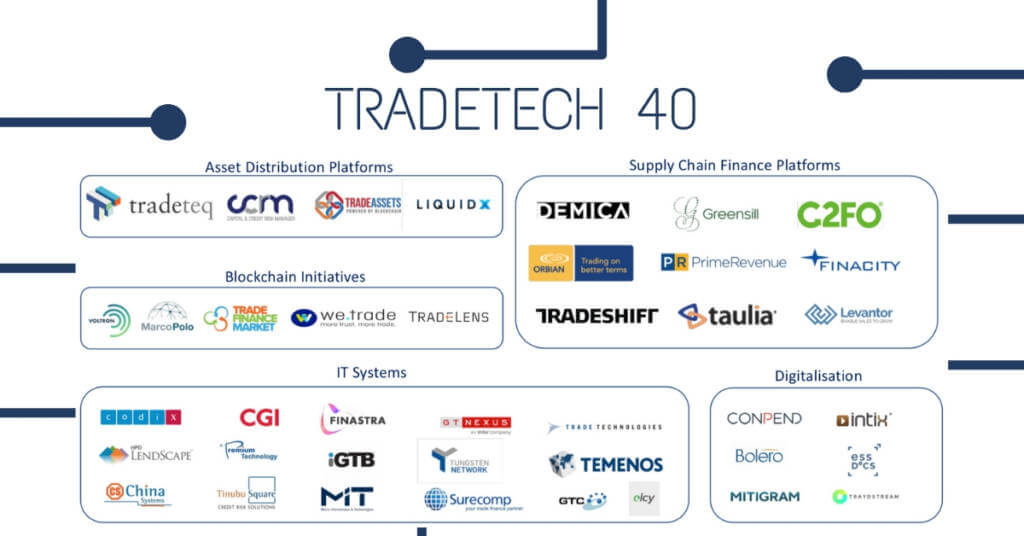Last week, Dubai based TradeAssets announced the launch of a trade finance e-marketplace for banks. The banks, primarily Bangladeshi, are helping to bridge the gap in the secondary market for trade finance banks.
Trade Finance Global explores the current state of trade finance provision through current liquidity providers and how the TradeAssets platform is addressing inefficiencies in the secondary trade finance market.
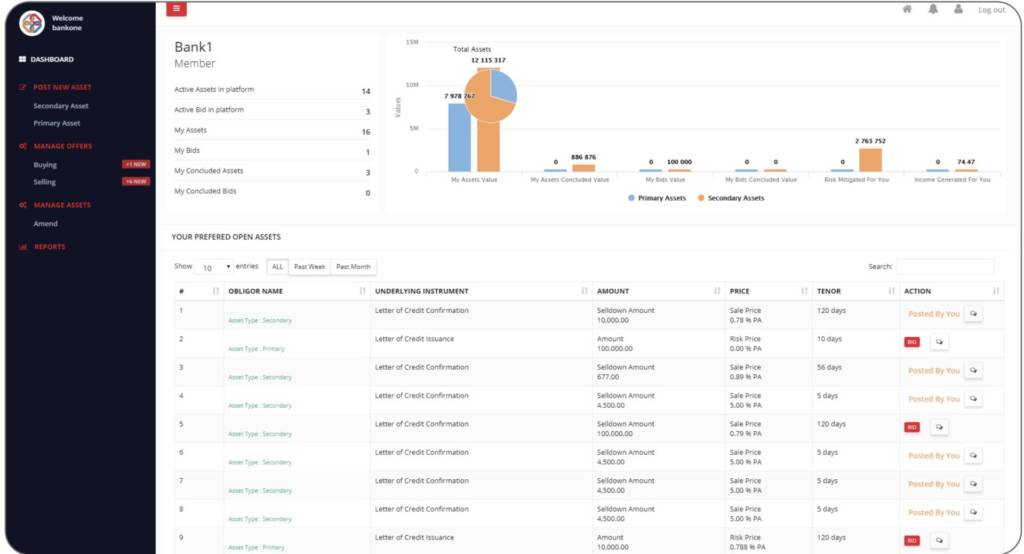
How the secondary trade finance market works
Currently, banks allocate capital to provide businesses with credit lines or access to trade finance. However, these demands frequently change. If a bank uses up its allocated trade book, rather than turning down future business, it can look to selling its book to another bank to free up capital so that it can continue lending. On the other hand, a bank might want to acquire trade assets, due to a change in risk appetite or unutilized limits. This is the secondary trade market, with an estimated value of $1 trillion, around 7% of total global trade.
The buying and selling of trade finance books has been around for several years, small ecosystems of participating banks with bilateral relationships.
Banks exchange credit lines and risk participation documents in a very manual way; over the phone, and via email, which limits access for buying banks to the global marketplace, meaning secondary market trade finance ecosystems are normally limited to smaller networks by country or industry.
Founder and President of TradeAssets, Sumit Roy, explained: “Many bilateral conversations have to be carried out, and paperwork exchanged before a deal can be finalized. And the process of buying and selling can take from a few days to weeks”.
Issues with the current model:
- Lack of a fully multilateral bidding process on trade assets
- Closed networks of participants, often restricted by geography, product or risk
- Slow turnaround time – often taking 3+ days to conclude a deal
The financial impact of faster transactions is material, given that the size of trades can $50 – $100m USD, just a 10 bps saving can yield a $50 – $100k impact to the bottom line.
E-Marketplace for trade finance secondary markets
TradeAssets recently announced the launch of e-Marketplace, a hyperledger fabric 1.0 technology based platform which allows banks to independently list and bid for secondary trade finance assets.
“To enable financial inclusion we need to embrace the processes that facilitate it. A large group of connected institutions globally is more beneficial to society compared to smaller, reciprocity-driven ecosystems. The main step towards that goal is to embrace a bit of change, that’s all.” Said Sumit K Roy, President & CMO, TradeAssets.
Designed by mapping out the current processes and touchpoints for posting assets, bidding, accepting / rejecting the bids and then finalising the deal, TradeAssets has simulated and moved the current manual secondary trade assets process to an online platform.
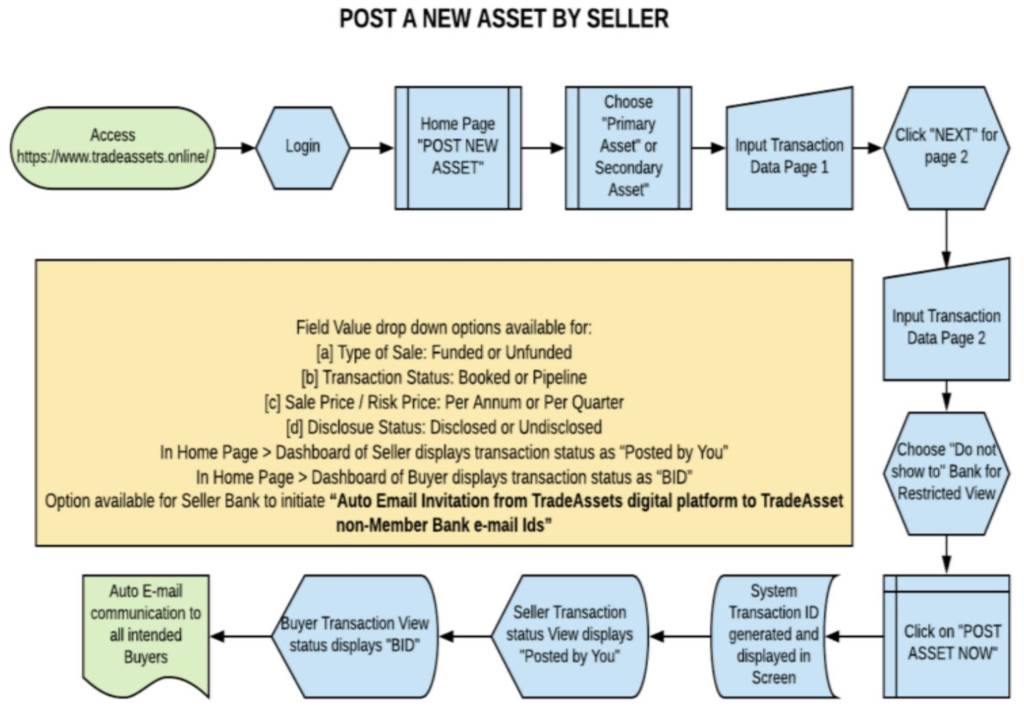
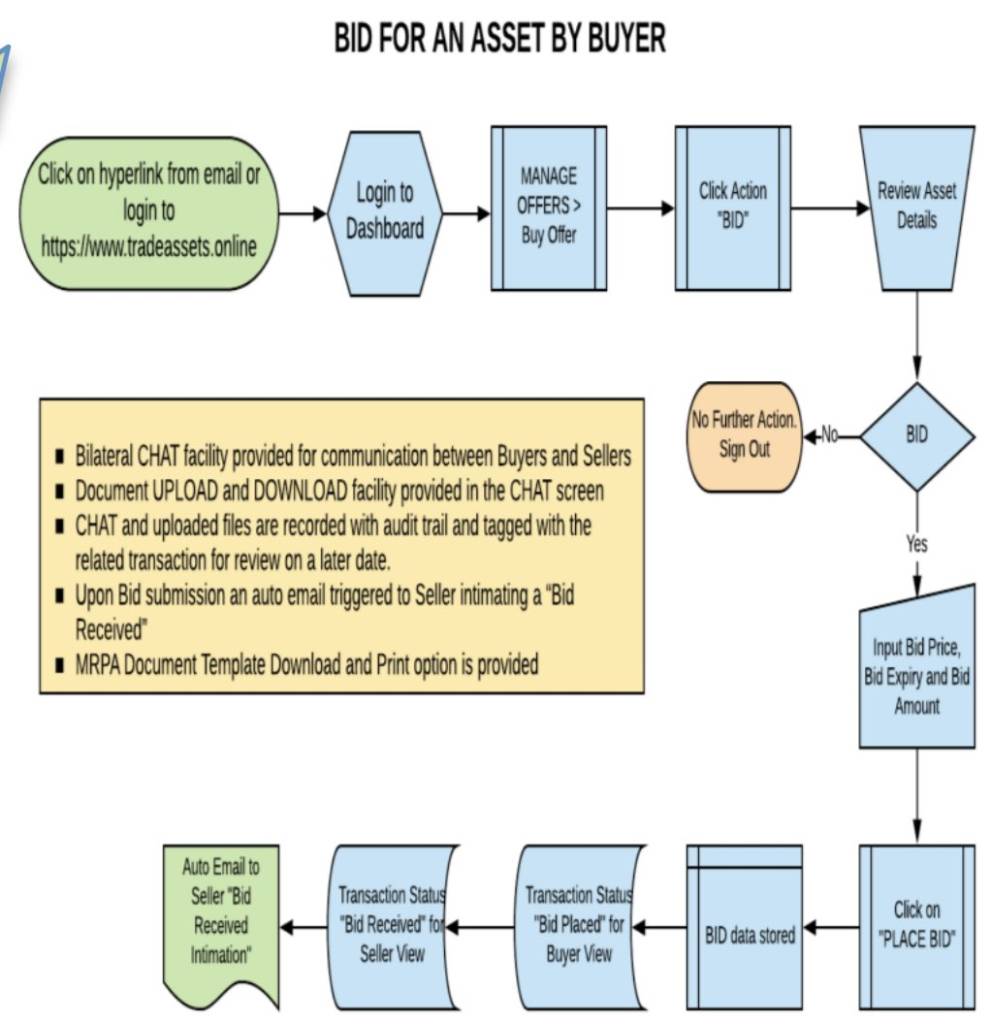
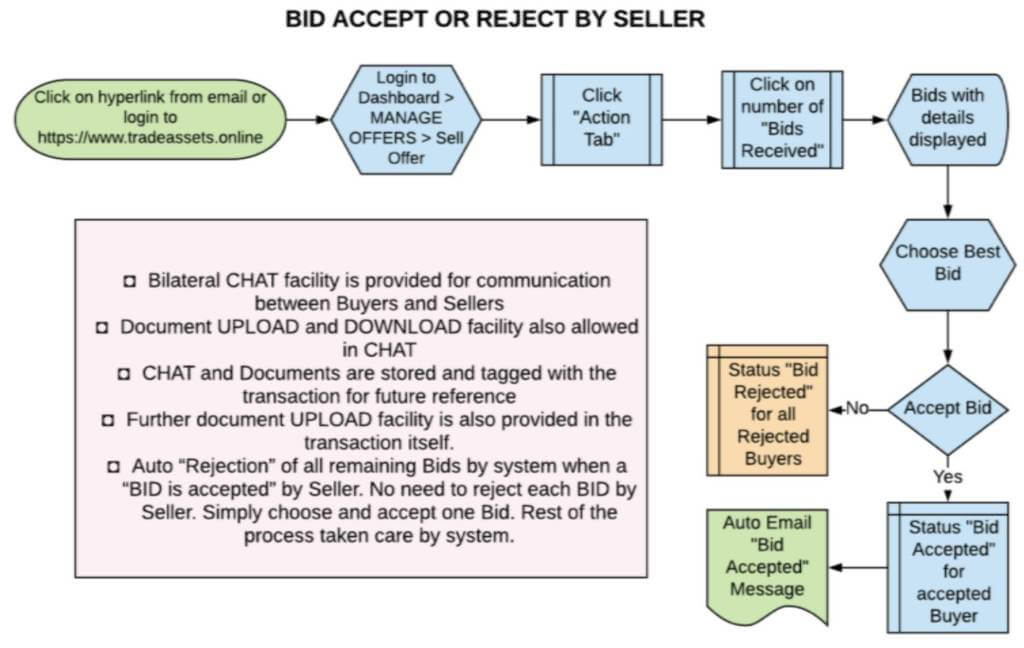
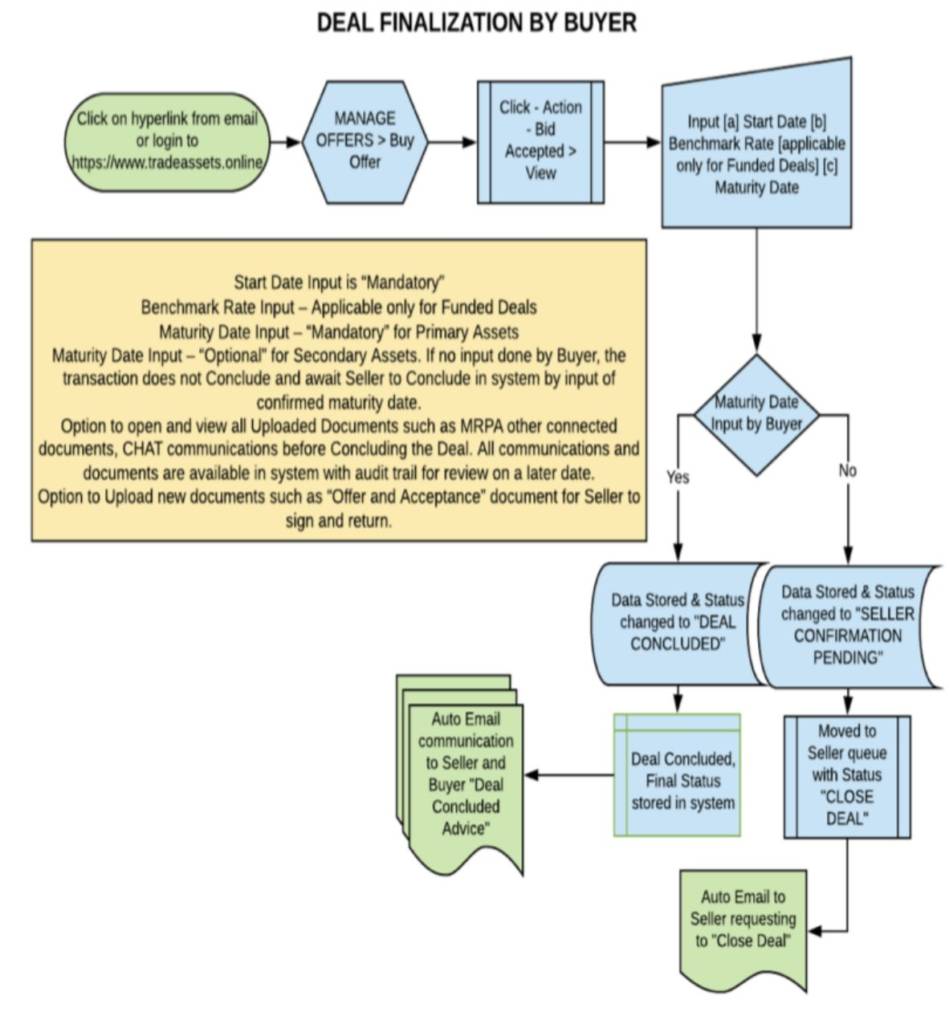
Built by trade distribution specialists and industry experts, the blockchain based e-marketplace is designed to provide an enterprise-grade foundation for transactional applications. Given that the protocol shares the advantages of blockchain (immutability, resistance to tampering, time stamps and interoperability), the ’trust’ element of TradeAssets allows multiple permissioned participants to join and handle the bidding and selling of trade products.
“Digitization will create efficiency and financial value for all those who adopt it. It will add productivity. It will create wealth and help distribute it better. All that is needed from the financial community is an open mind.” Said Lakshmanan Sankaran, Chairman & CEO, TradeAssets.
TradeAssets is one of the 40 companies in the Tradetech40, find out more here.















